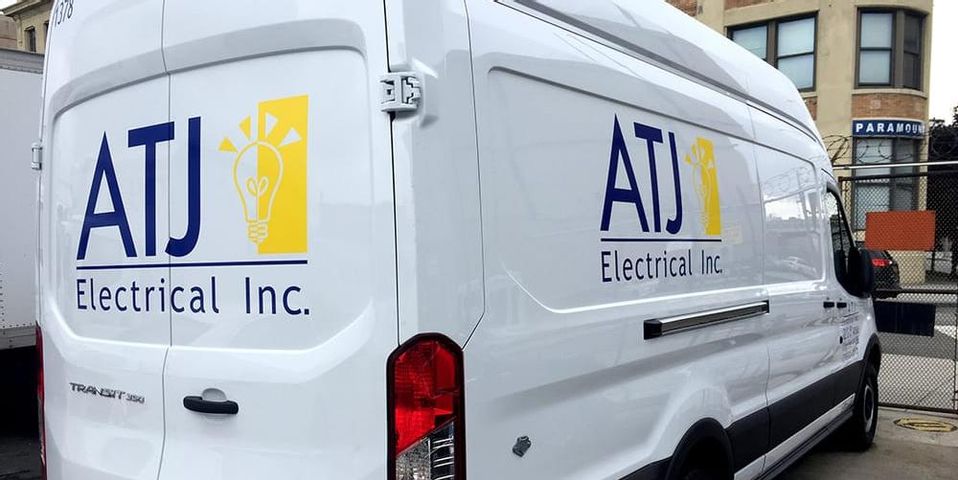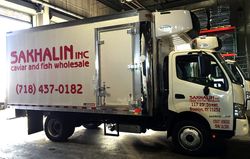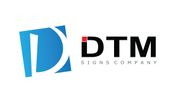
From vehicle wraps to storefront signs, vinyl cutting is a popular advertising technique. Still, many businesses seeking these products don’t know very much about the process. If you’re considering hiring a company to make you a vinyl sign or banner, here are some of the frequently asked questions to help you better understand how it works.
A Guide to Vinyl Cutting
What is vinyl cutting?
In the simplest terms, vinyl cutting is a process used to cut vinyl graphics. It is carried out by a printer-like machine that uses sharp blades to cut specific lines into the vinyl. This equipment is large enough to produce billboard and banner-size lengths. This makes it an ideal machine for creating vehicle wraps that need to partially or fully cover large cars, vans, or trucks.
Can I use it for intricately detailed images?
Yes. A vinyl cutter is connected to computer equipment that uses vector-based graphic design software. This allows the shop to design artwork or incorporate previously prepared graphics and have them printed onto a large sheet of vinyl. It can also handle cutting individual shapes. However, vinyl cutting often works best for making large, eye-catching signs, banners, and vehicle wraps.
What kinds of vinyl are available? 
There are two basic types of film—cast and calendered—used in vinyl printing and cutting. Cast vinyl, considered to be the more premium option, is made by mixing the liquid ingredients and pouring them into a casting sheet before processing it through a series of ovens. This creates a thin — one to two millimeters — gauge that is more flexible, durable, and stable, making it more suitable for complex surfaces such as vehicles.
Calendered vinyl is made by mixing the raw materials and feeding them through a series of calendaring rolls, where they are kneaded and stretched. This produces a somewhat thicker film — three to four millimeters — that is stiffer, easier to handle, and a bit more scratch-resistant. Use this film when applying to flat, simple, or moderately curved surfaces.
How is vinyl applied to substrate?
Applying vinyl to a substrate is a delicate process. First, the vinyl is carefully positioned and secured against the material. Then the vinyl is painstakingly pulled back in sections from the liner, which is then cut and released. This section is attached to the substrate using an adhesive or application fluid. Pressure is then applied with a squeegee-like tool to remove any wrinkles or bubbles and ensure the material fully adheres.
When you want to advertise your business with a vinyl vehicle wrap or other signage that pops, the design experts at DTM Signs Company will help. They offer a wide range of advertising and print services to Brooklyn, NY. Call them today at (347) 312-5488 to schedule an appointment with one of their graphic designers, or visit their website to learn more about their services and apply for financing.
About the Business
Have a question? Ask the experts!
Send your question

